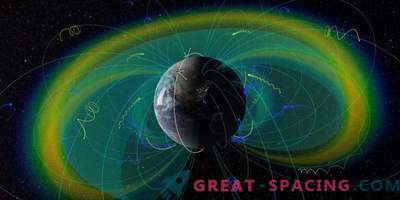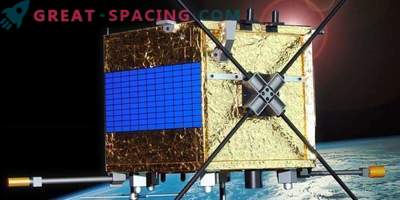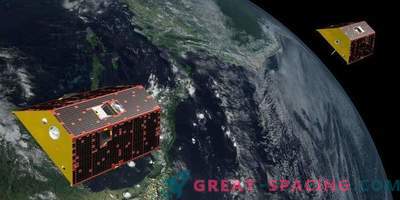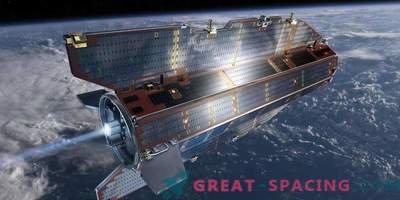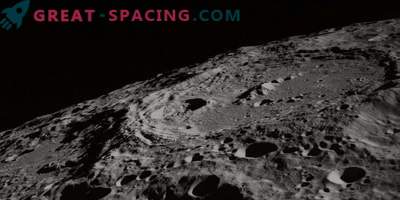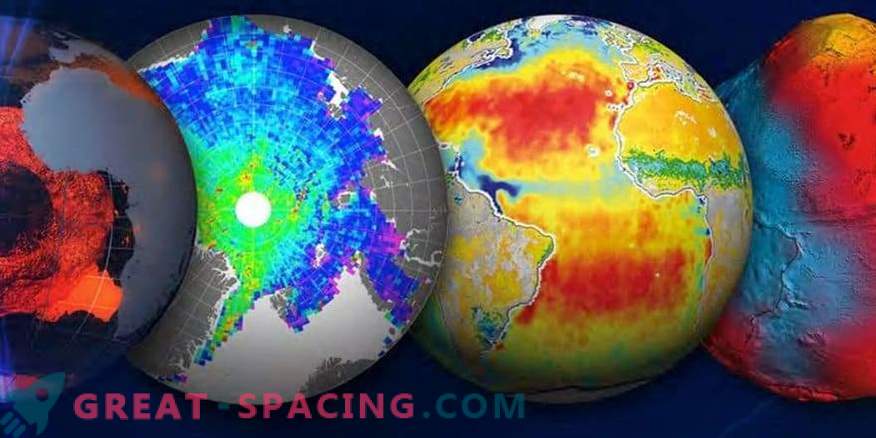
Trying to take a fresh look at earth dynamics, the first four researchers of GOCE, SMOS, CryoSat and Swarm became successful missions. They not only completed the tasks, but also exceeded expectations, going beyond the initial goals. This is not the end of the Earth Explorer story.
Within the framework of ESA's commitment to implementing advanced satellite missions to advance the scientific understanding of our planet and confirm the use of scientific technologies in space, three new ideas were chosen to launch the 10th mission of Earth Explorer. Initially, the ECA Earth Observation Advisory Committee (ACEO) received 21 proposals, but in the end decided to focus on the three most promising: Stereoid, Daedalus and G-Class.
Traditionally, all Earth Explorer missions are repelled by the desire to understand various aspects of the Earth system and the contacts that link the system as a whole. The main goal is to promote science and technology and solve issues that are directly related to the social problems that humanity will have to face in the next decade (availability of food, water, energy, resources, climate change, etc.).
The Stereoid mission could be fixed in orbit with one of the Copernicus Sentinel-1 satellites. Using synthesized aperture radar synthesis, he would be able to measure small shifts on the ocean surface, in glaciers and on the earth's surface. This would help improve understanding of small-scale models of ocean circulation, glacier dynamics and their contribution to sea-level rise. Daedalus will deliver a set of tools for measuring a virtually unknown area between the upper earth's atmosphere and space. Here are intriguing processes that determine the transformation and transportation of the solar energy and wind. The project will be able to quantify the energy volume deposited in the upper atmosphere.
The G-Class will have a synthetic aperture radar. He will be in geosynchronous orbit to constantly monitor Africa and the Mediterranean. The mission aims to review daily processes of the water cycle in order to improve the ability to predict precipitation, water availability, flooding and landslides.
Now start technical research. After that, they will conduct another selection. The final mission should begin in the years 2027-2028.

